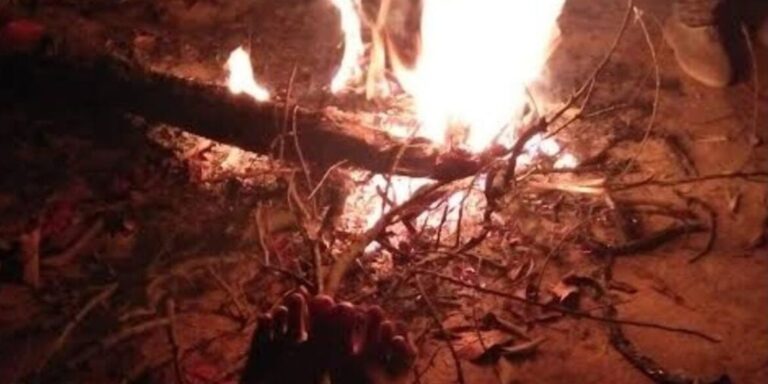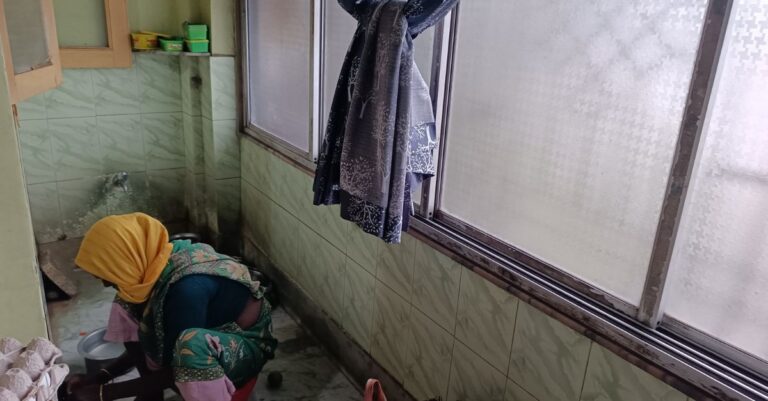
Binti Shabari
After Lakhai took a piece, Binti slowly began eating. Between bites she asked, “Why do you bring me things—this and that—every day?”
“Don’t you know?”Lakhai beamed and took her hand in his. “Your father said it himself. He’ll marry you to me.”









